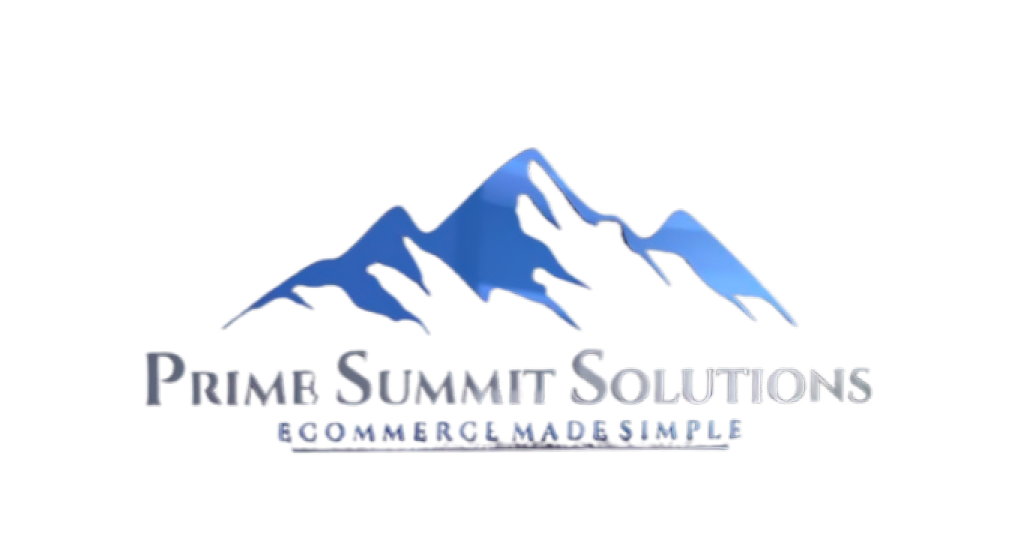Reaching Your Target Audience
Reaching your target audience is one of the biggest pain points that you have to deal with as a marketing professional. It’s never the easiest thing for brands to reach their desired audience. Building a brand strategy based on your target audience’s specific needs is also important, and then developing one to cope with the challenges facing you in this area.
In addition, the key is to stay in touch with your customers, because that’s how you build trust with them. You’ll want your brand to stand out, but you’ll also want it to be relevant to your niche. You will waste time and money if you sell your product to the wrong group of people. To promote your products, you need to find a way to reach an audience.
It is essential to grow a small Business by reaching your target audience and providing them with proper communication. Reaching the right audience gives visibility to your services, establishes brand credibility and begins to develop valuable relationships.
How Can We Best Reach Our Target Audience?
Define Your Target Audience
An important initial step is to determine your target audience. This will ensure that all the effort you’ve been putting into these steps is reaching those who need it most. To do that, you’ll need to understand the goods and services you offer. Take a look at who is benefiting most from your Business. To find out if there are any overlaps, examine your previous and current clients. Lastly, consider the competition and the client base of your competitors.
Identify Where Your Target Audience Is Present
Consideration should be given to where this group spends its time and how it communicates once you have defined your target audience. Is your target audience well-represented on social media or online communities? Are they likely to attend industry conventions? Do they read trade publications? If you know the world of your client, it’s possible to place more emphasis on specific areas to market your service. Wherever your audience is, you must be there, and your message must be there.
Tailor Your Messaging To The Target Language
Talk to your target audience in a way that speaks to their specific needs and wants when you reach out to them. Be sure to use industry terminology or jargon correctly if there is any. When your audience feels they’ve been understood, it will give them confidence in both you and your Business. Whether you publish a blog post, a Twitter message, or a newsletter, your content should be fun and informative.
Seek External Perspective To Define Your Target Customer
The owners of Businesses are incredibly invested in their products and services, and they know them very well. To ensure your marketing plan is well-received by your target audience, it’s beneficial to have it reviewed by someone outside the company, like a marketing or Business consultant.
You can’t do everything yourself, so consider hiring a consultant to help develop your strategic plan or, at the very least, consult with an expert to formulate the strategy. If you’re on a budget, ask a friend for their input. Gaining ideas from an external perspective can provide valuable insights.
Sharing your plan with someone not affiliated with your Business gives you a better understanding of the likelihood that consumers will respond favorably to your marketing efforts.
Take Advantage of Referrals
Make use of the contacts you’ve built up. It is likely that your clients have colleagues in their networks who share the same needs, so don’t hesitate to request advice from a client you know very well. They’ll probably be happy to link you up with somebody they think could use your services. Another way to find target clients is to ask for referrals from colleagues in your field or from suppliers you have worked with.
Think about how you’ll be able to monitor your efforts to ensure the approach works, as soon as you start finding and reaching out to audiences. In order to assess progress, build up a number of specific key performance indicators, if possible. Your audience may not respond as planned to your message, and in this case, it is likely that you will have to reassess the target audience or messaging strategy. Until you figure out what works best for your Business, keep tinkering with the strategy and revising these steps.
Realistic Timeline For Reaching Your Target Customers.

Though you want to start making sales quickly, a important part of reaching your target customers is having the patience to allow your marketing to work. The biggest mistake Businesses make is that they don’t give themselves enough time to work. Marketing is like using a personal trainer, and you won’t get the results overnight.
Include a timeline in your marketing plan so that each strategy has enough time to make a difference, or fail before moving on to the next stage. In this respect, it is important to be realistic about the time of year and how seasonal changes affect the needs and interests of your customers.
Prioritize Building Relationships With Your Target Customers
Instead of focusing solely on selling and marketing, prioritize building relationships with customers. Create a plan to instill confidence in your Business and demonstrate your understanding of it. Building consumer trust takes time, reinforcing the importance of being realistic about your marketing timeline. Communities and strategic partnerships should also be integral to this plan.
In conclusion, there’s no excuse for not staying connected with consumers in today’s interconnected world. Brands must be aware of their customers’ preferences and concerns regarding their products or services. The relationship between the Business and the consumer should extend beyond the point of sale, requiring ongoing communication between the brands and their consumers.
Constant communication is important for establishing and maintaining a brand relationship. Brands need to stay informed about trends, consumer needs, performance feedback, and potential improvements in their strategies. Understanding why consumers stay loyal contributes to the long-term success of a brand.






